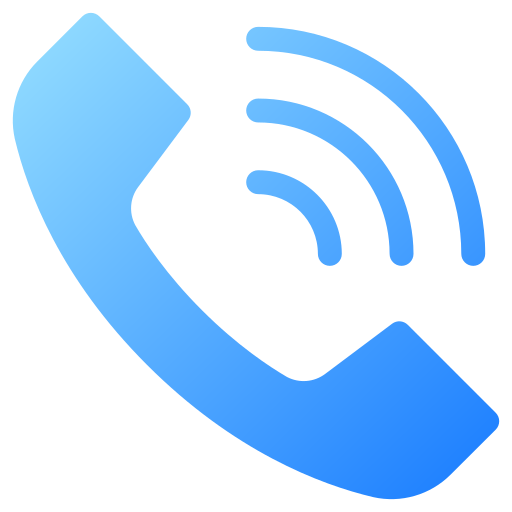Introduction
In the aviation industry, maintaining effective communication with customers is critical for ensuring a seamless passenger experience. Automated customer follow-ups represent an innovative solution to enhance customer service and increase operational efficiency. By utilizing automated messaging systems, airlines can provide timely updates regarding flight status, offer booking assistance, and manage baggage tracking. This article explores the best usage cases for automated customer follow-ups and their benefits within the aviation sector.
Flight Status Updates
One of the most prominent applications of automated customer follow-ups is in providing flight status updates. Passengers often seek real-time information regarding delays, cancellations, and gate changes. By implementing an automated system, airlines can send SMS or email notifications to keep travelers informed. This not only alleviates anxiety during travel but also reduces the volume of inquiries to customer service representatives, allowing them to focus on more complex issues. Consequently, timely updates via automation enhance customer satisfaction and foster loyalty to the airline.
Booking Assistance
Automated follow-ups are also invaluable in assisting customers with their bookings. Upon making a reservation, travelers can receive automated messages confirming their flight details, check-in reminders, and relevant travel tips. This proactive communication ensures that passengers are well-prepared for their journeys. Moreover, automated systems can facilitate changes or cancellations, providing customers with options without excessive waiting time. By streamlining this process, airlines can significantly improve the overall user experience and decrease transactional friction.
Baggage Tracking
Baggage handling is another critical area where automated follow-ups can enhance service quality. Passengers frequently worry about the status and location of their luggage. By leveraging automated notifications, airlines can offer real-time updates regarding baggage check-in, loading, and delivery. This transparency helps diminish luggage-related anxieties and fosters trust between the airline and its customers. As a result, passengers can travel with greater peace of mind, knowing they are kept informed about their belongings.
Conclusion
In summary, automated customer follow-ups serve as a powerful tool for airlines looking to improve communication and enhance the passenger experience. By focusing on flight status updates, booking assistance, and baggage tracking, airlines can optimize their operations and meet the evolving demands of travelers. Ultimately, the integration of automated technologies not only streamlines internal processes but also cultivates a more engaged and satisfied customer base in the competitive aviation industry.
